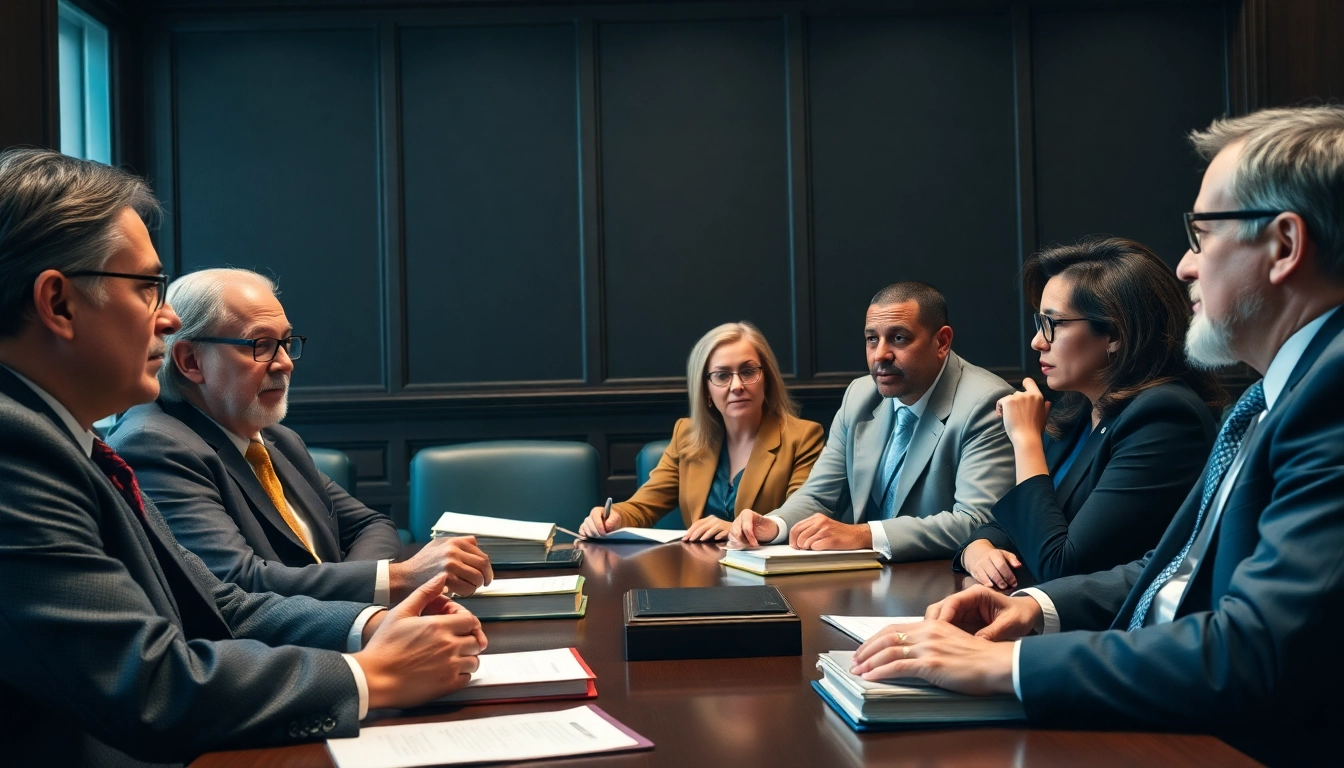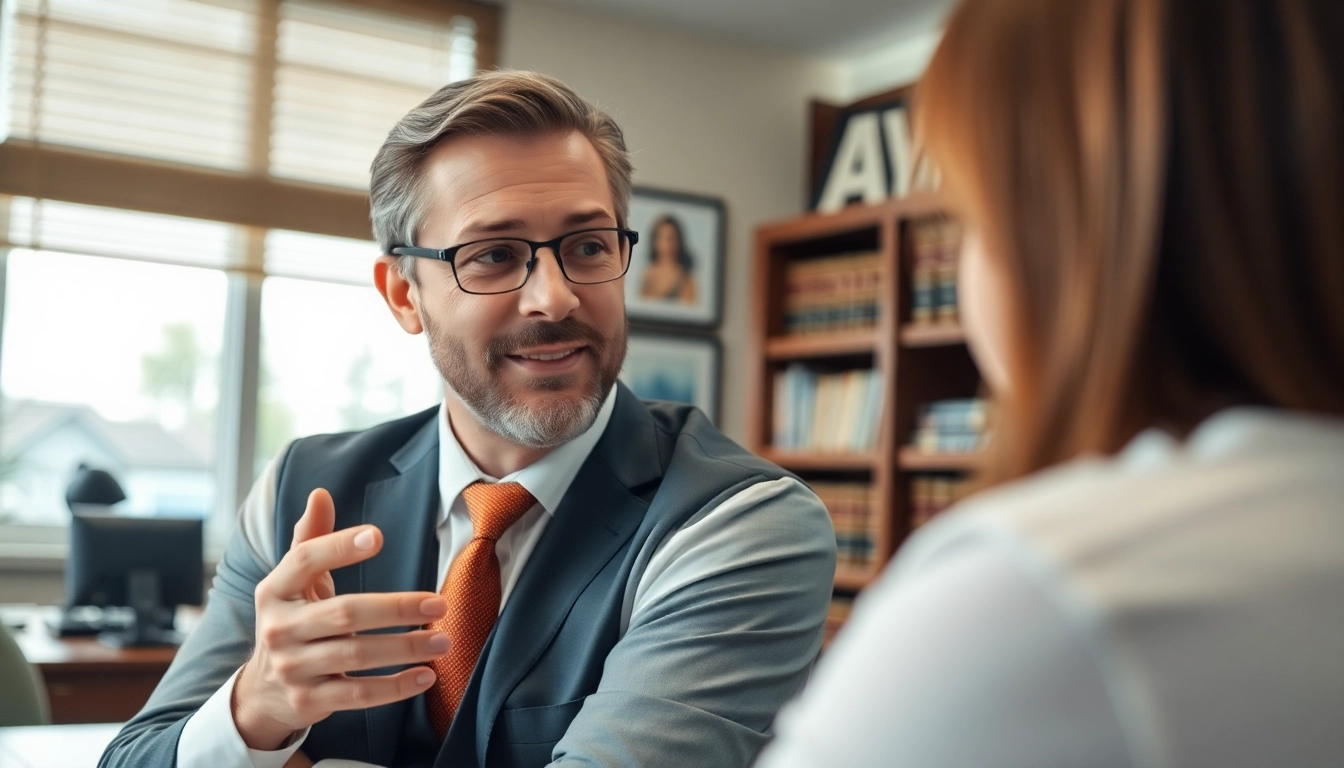Understanding Mass Tort Marketing
In the complex world of litigation, mass tort marketing has emerged as an essential strategy for law firms seeking to attract clients involved in large-scale legal actions. At its core, mass tort marketing focuses on promoting legal services aimed at groups of individuals who have been harmed by a common cause, such as defective products or harmful drugs. For those looking to delve deeper into Mass Tort Marketing, it’s important to understand the nuances and mechanisms that drive this specialized form of marketing.
What is Mass Tort Marketing?
Mass tort marketing refers to the practice of advertising legal services to potential clients who may qualify to join a mass tort lawsuit. Unlike class action cases, where all plaintiffs are represented collectively, mass torts allow individuals to retain their distinct claims while still being part of a larger group pursuing similar grievances against a defendant. This type of marketing typically involves comprehensive outreach efforts through various channels, including digital marketing, social media, traditional media, and in some cases, grassroots campaigns.
Key Benefits of Mass Tort Marketing
The benefits of mass tort marketing are manifold. Firstly, it allows law firms to efficiently target groups of individuals who have experienced similar harms, increasing the likelihood of engagement and conversion. Additionally, mass tort programs can often lead to higher revenue potential as successful cases tend to result in large settlements or judgments. Moreover, this marketing strategy helps raise awareness about specific issues, providing education and resources to potential clients who may not otherwise seek legal help.
Common Misconceptions in Mass Tort Marketing
Despite its advantages, there are several misconceptions regarding mass tort marketing. One prevalent myth is that it is only applicable for high-profile cases; however, mass torts can arise from a wide array of incidents, including less-publicized dangers. Another misconception is that mass tort marketing equates to unethical or aggressive solicitation; when done correctly, it adheres to ethical marketing standards and prioritizes transparency and respect for potential clients.
Identifying Target Audiences for Mass Tort Marketing
Conducting Market Research
To effectively reach potential clients, law firms must begin by conducting robust market research. This involves not only identifying the demographics of their target audience but also understanding their specific needs, pain points, and media consumption habits. Successful market research utilizes various tools, including surveys, focus groups, and analysis of existing legal cases. Additionally, leveraging data analytics can help identify trends and patterns that may indicate potential mass tort opportunities.
Segmenting Audiences Effectively
Once the research is complete, the next step is to segment the audiences effectively. Segmentation involves dividing the broader target market into smaller groups based on shared characteristics, such as age, geographic location, or specific experiences related to the tort. This can be critical for tailoring marketing messages and choosing the right legal representation. For example, targeting individuals affected by a particular drug may differ significantly from those harmed by consumer products.
Understanding Client Pain Points
Understanding the pain points of potential clients is crucial in mass tort marketing. Clients often face immense stress and uncertainty following a personal injury or loss. By directly addressing these pain points—such as the emotional toll, financial burden, or confusion regarding legal processes—firms can position themselves as empathetic and trustworthy. Crafting messaging that resonates personally with these challenges helps foster a connection and encourages potential clients to reach out for assistance.
Building a Successful Mass Tort Marketing Strategy
Setting Clear Objectives
Any successful marketing strategy begins with clearly defined objectives. Law firms should establish specific, measurable goals that align with their resources and capabilities. Objectives may range from increasing brand awareness to generating a certain number of qualified leads. These goals serve as a framework for developing strategies and measuring the effectiveness of marketing efforts over time.
Utilizing Digital Marketing Channels
In today’s digital age, utilizing a variety of digital marketing channels is paramount for successful mass tort marketing. SEO (Search Engine Optimization) is vital, ensuring that potential clients can easily find the law firm’s website through relevant searches. Additionally, pay-per-click (PPC) advertising offers a way to reach targeted demographics. Social media platforms can also serve as powerful tools for community engagement, sharing informative content, and nurturing relationships with potential clients.
Leveraging Social Proof and Testimonials
Social proof, such as client testimonials and case studies, can significantly enhance the credibility of a law firm in mass tort marketing. Real stories of how the firm assisted clients not only build trust but also illustrate successful outcomes. Encouraging satisfied clients to share their experiences fosters an environment of transparency and can sway undecided potential clients seeking representation.
Measuring Success in Mass Tort Marketing
Key Performance Indicators (KPIs) to Track
To assess the effectiveness of mass tort marketing campaigns, law firms should establish Key Performance Indicators (KPIs) that reflect their specific objectives. Common KPIs to consider include website traffic, conversion rates, client acquisition costs, and lead quality. Regularly reviewing these metrics provides insights into which aspects of the marketing strategy are working and which require adjustment.
Analyzing Marketing Campaigns
Thoroughly analyzing each marketing campaign is vital to continuous improvement. This process may involve collecting feedback from potential clients, conducting A/B tests on different messaging, or studying the engagement rates across various platforms. Understanding how clients respond to marketing efforts helps optimize future campaigns, ensuring that resources are allocated effectively.
Optimizing Future Marketing Efforts
Using insights gleaned from campaign analyses, firms can enhance their marketing strategies moving forward. This might mean refining messaging, adjusting target demographics, or shifting focus to more effective marketing channels. Regular optimization ensures law firms remain competitive in their marketing efforts and continue to effectively reach those in need of mass tort representation.
Regulatory Considerations for Mass Tort Marketing
Understanding Legal Frameworks
Given the nature of legal services, it’s critical that law firms engaged in mass tort marketing understand the regulatory landscapes within which they operate. This includes familiarizing themselves with federal and state guidelines surrounding legal advertising. Some jurisdictions have stricter rules than others for how attorneys can promote their services, and failure to comply could have serious repercussions.
Compliance with Advertising Standards
Compliance with established advertising standards is non-negotiable in mass tort marketing. The American Bar Association (ABA) provides guidelines that govern legal advertising, including transparency, honesty in claims, and the prohibition of misleading information. Adhering to these standards helps maintain the integrity of the legal profession and fosters trust among potential clients.
Best Practices for Ethical Marketing
Ethical marketing practices are cornerstone to building a reputable law firm. This means being upfront about potential fees, maintaining clear communication with clients, and ensuring that all representation is respectful and dignified. Additionally, providing valuable content—such as informative articles or resources about mass torts—positions a firm as a leader in legal knowledge and fosters client trust.



